Neolithisation dynamics in Northeast India
New perspectives on the sites of Misimagre, western Garo Hills
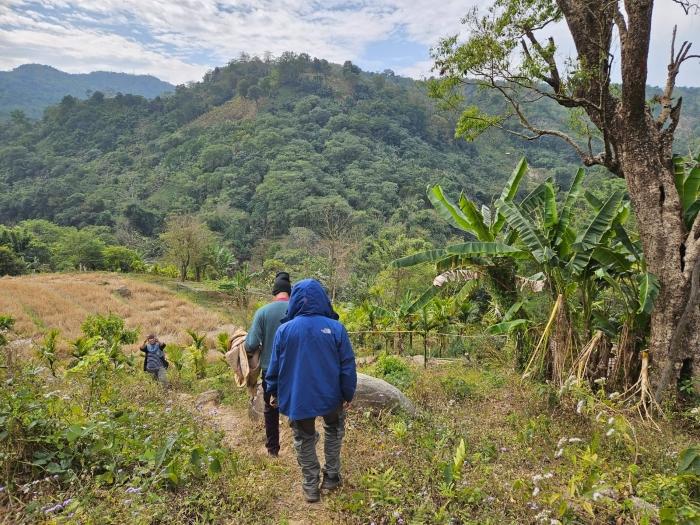
Fig. 1. In the wooded expanses of the Garo Hills, surveys conducted by our team in January 2025 revealed numerous new prehistoric manufacturing sites as well as settlement remains (photo: Tanja Schreiber, FU).
Project team (FU):
Prof. Dr. Henny Piezonka, Institut für Prähistorische Archäologie
Tanja Schreiber, Institut für Prähistorische Archäologie
Cooperation partners:
Prof. Dr. Tiatoshi Jamir, Department of History and Archaeology, Nagaland University, Kohima, India
Dr. Tilok Thakuria, Department of History and Archaeology, North-Eastern Hill University, Tura, India
Shikharani Sabnis, Institut für Ur- und Frühgeschichte, Christian-Albrechts-Universität zu Kiel
Dr. Maria Wunderlich, Institut für Ur- und Frühgeschichte, Christian-Albrechts-Universität zu Kiel
Project duration: 2023-2026
Funding: Gerda Henkel Stiftung (Projekt-Nr. AZ 14/V/23)
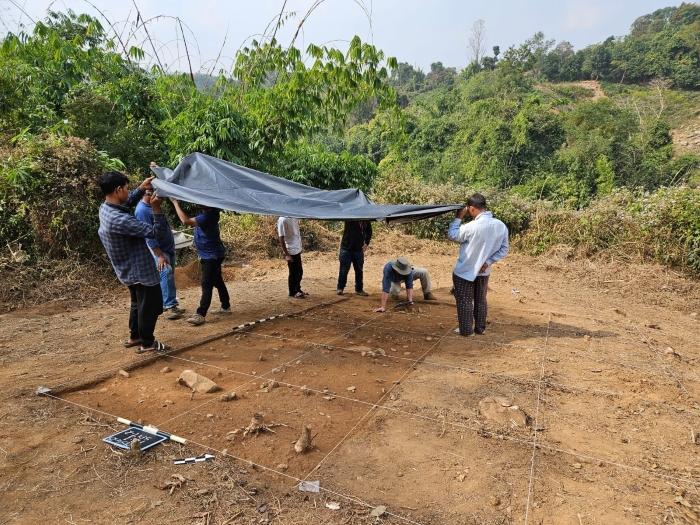
Fig. 2. The main excavation area at Misimagre, where a debitage site was excavated (photo: Tanja Schreiber, FU).
Project description
Background and aims
As a key process in prehistory, the Neolithisation is integral for our understanding of changing human-environmental relations and the emergence of new forms of materiality and social structures. Northeast India, a region of exceptionally high biodiversity, is geographically situated between major Neolithisation centres in South, Southeast and East Asia. Despite the great potential of the study region to enhance our knowledge about the diversity and the gradual spread of the Neolithisation in these eastern parts of Asia, the trajectories of the changes towards the Neolithic are not yet sufficiently understood here.
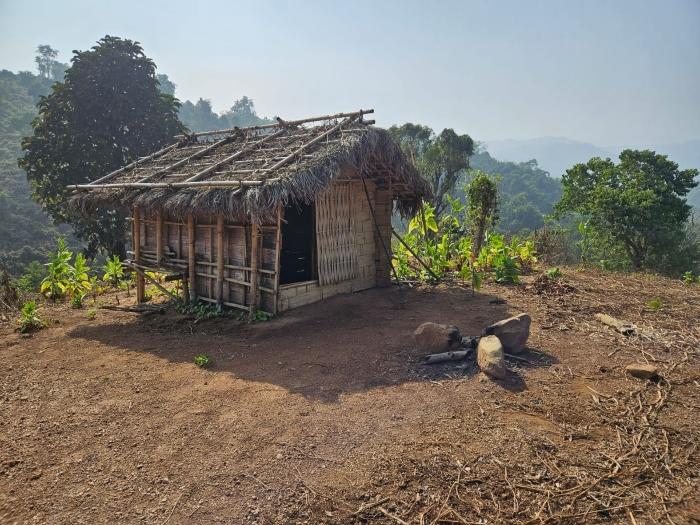
Fig. 3. Traditional bamboo hut located on a hillside adjacent to the excavation site, overlooking local farmland. These structures serve as resting shelters for short breaks during fieldwork (photo: Tanja Schreiber, FU).
In order to build and expand the chronological and material cultural framework of the Neolithisation process in Northeast India, we concentrate on the temporal depth and position, as well as the specific local trajectory of the Neolithisation horizon in the crucial region of western Meghalaya, an area in Northeast India that is closely connected to the major river system of the Brahmaputra. We explore connections and differentiation of the study region when taking into account the six different regions of Northeast India and how this region is embedded into the overarching developments of Southeast Asia. We use an interdisciplinary approach, combining archaeological fieldwork with bioarchaeological and paleoenvironmental methods. Guided by our understanding of the importance of local indigenous knowledge of human-environmental relations, we conduct innovative and pioneering transdisciplinary work that will enhance the understanding of what actually is the Neolithisation in the western Garo Hills.
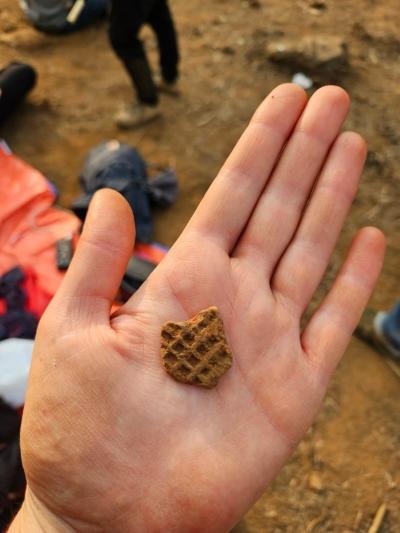
Fig. 4. Pottery discovered during the excavation included fragments of peculiar “waffle ceramics”, widespread in East and Northeast Asia (photo: Tanja Schreiber, FU).
Fieldwork 2025
The first of two planned field campaigns took place in January 2025, integrating archaeological excavation, systematic pedestrian survey, and ethnographic research as core components of the overarching project.
Excavation efforts began with test pits at a potential habitation site identified through surface scatters of pottery sherds; however, no intact archaeological layers were encountered. In contrast, continued excavation on a neighboring hill revealed a lithic debitage area, interpreted as a locale for the procurement of local raw materials and early-stage tool production. In the uppermost strata of this site, a variety of more recent finds were recovered, including glass beads and locally produced pottery linked to Garo use, as well as a historical coin. Deeper layers, by contrast, yielded older material of uncertain chronology, including a distinctive “waffled” ceramic sherd and several weathered pottery fragments. These finds, alongside numerous lithic flakes and unfinished tools—including several diorite cores—suggest sustained prehistoric knapping activity. The relative scarcity of diagnostic pottery and the preliminary nature of the tool production support the interpretation of a broader chaîne opératoire that likely continued at nearby habitation sites. Soil samples and material for radiocarbon dating were collected to aid in future chronological and environmental analysis.
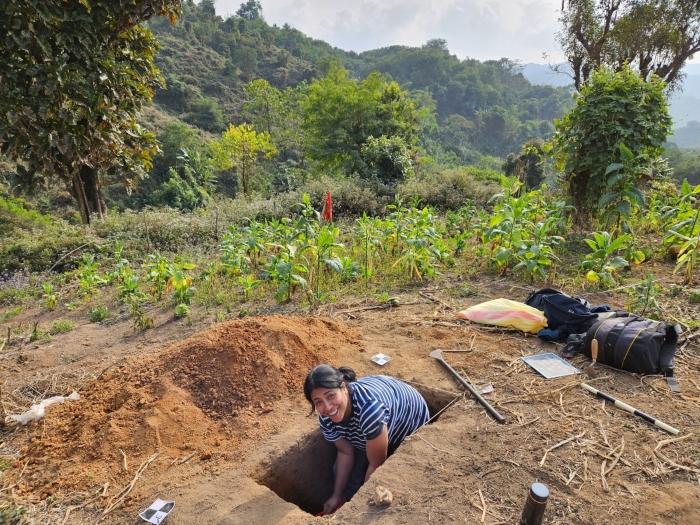
Fig. 5. Team member Shikharani Sabnis excavating a test trench to investigate a site discovered during survey, January 2025 (photo: Tanja Schreiber, FU).
A regional survey was carried out with the primary aim of identifying additional habitation sites, which remain underrepresented in the archaeological record of the area. Several new knapping sites were documented, though confirmed habitation contexts are still limited and will likely be the focus of the second field campaign.
As an integral part of the research design, a series of ethnographic interviews were conducted with Garo elders at the residence of the local chief during an evening gathering. These informal yet informative conversations provided rich insights into traditional patterns of settlement mobility, hunting and subsistence practices, and local ecological knowledge, thereby offering important context for understanding long-term human–environment interactions in the region.
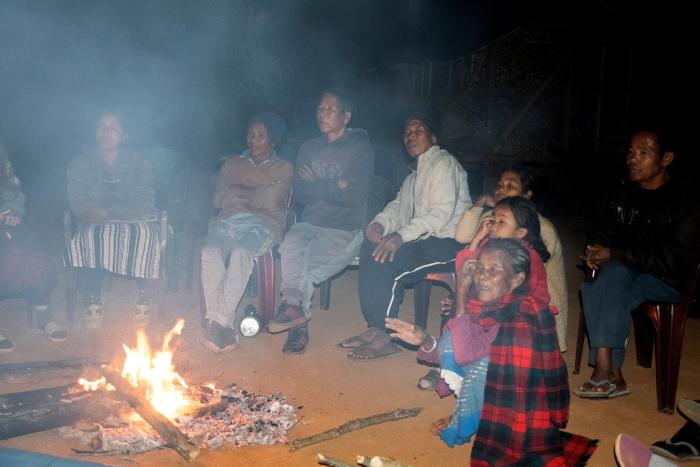
Fig. 6. Garo elders gathered around a bonfire during evening ethnographic interviews at the residence of the local chief (photo: Tanja Schreiber, FU).
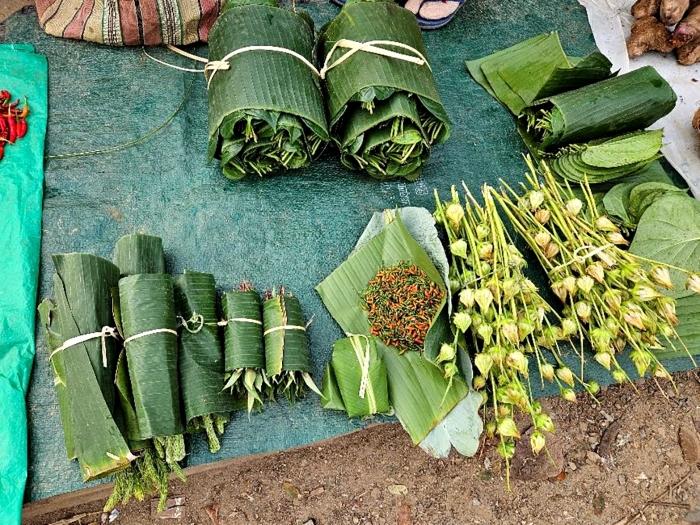
Fig. 7. At the local markets, the items for sale include both agriculturally grown and wild products (photo: Tanja Schreiber, FU).

